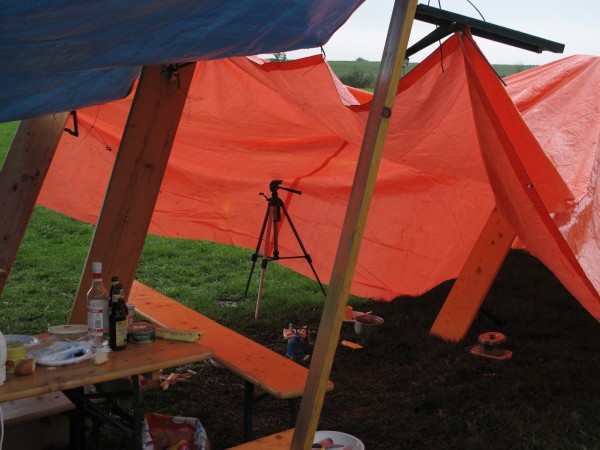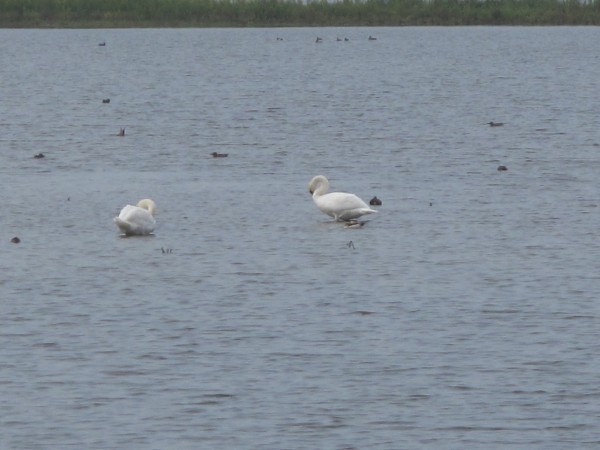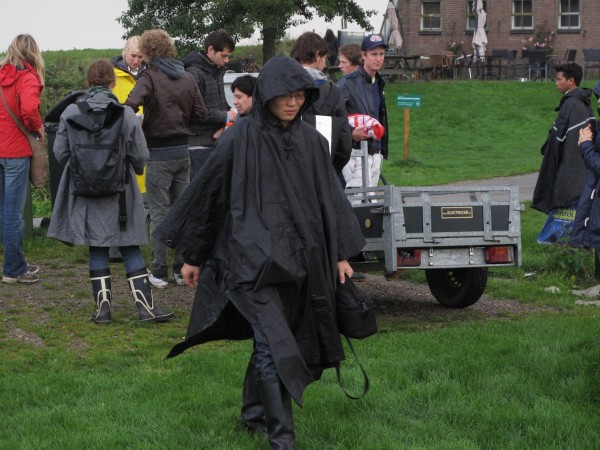INTRO WORKSHOP TIENGEMETEN PICTURES






 Tiengemeten 3 day workshop
Tiengemeten 3 day workshop
“Let us accept once and for all that a truly unprecedented and advanced work is not that which uses superficial brilliance to make a temporary and sensational impact, or that which seeks to take one by surprise by means of ostentatious, acrobatic contortions, based on momentary ‘finds’, but only that which is justified by a continuing, living tradition, that which endures because it is put to the test again and again, within each new context, so that it expresses afresh inner experiences, secretly nurtured disciplines, forms that have truly been handled over and over again. What we may accept as reality cannot possibly be what we see ready-made around us, but much more what we attempt to visualize in a dream, all of us together and each one of us separately, the dream of a new – truly new – life, shaped like a poem.â€
Kenneth Frampton, ‘Studies in Tectonic Culture’
There is one major conclusion that can be drawn: in contemporary architectural practice architectonic form no longer tends to be generated from single building materials. There are multiple parameters that define the architectonic shell on different levels. The strong need for energy efficient buildings leads us to multi-layered façades or skins that tend to break up the idea of material consistence into particular aspects. Although every single layer is solving a precise task perfectly there appears a significant lack of material expression in the whole arrangement In splitting up of formerly strongly unified categories in architecture, we perceive a loss in building culture that leads to the absence of rchitectural language.
The workshop will be an opportunity to study the tectonics of architecture in detail. By building prototypes and structures, the project will try to motivate the participant to experience the essential principles of constructing. Working with specific materials will raise questions concerning principles of statics, the generic character of the material and the possibilities of making a whole from the parts. The workshop includes project work in groups, sketching ideas and on-site construction in scale 1:1. Before the hands-on building, a thatcher will give a workshop on ‘working’ thatch and building with it. Student groups are invited to prepare a talk concerning the specific construction system they are adopting during the course of the workshop.
On the last day the executed projects will be presented and discussed with the teachers. The project will be documented in a post-workshop phase and will be published as a booklet. This booklet will illustrate the entire process in all its various aspects. The publication will also be available in digital format.
Some items that may be useful to take with you:
Camera, Sketch book, Tools, Water container, Working gloves, Suitable footwear (boots, wellies/laarzen), Blister cream, Waterproofs, Tarpaulin/Zeildoek
Programme of workshop:
DAY_01
MORNING
By car to ferry crossing for Tiengemeten.
Introduction and welcome word from Roel Posthoorn and Jan Wouter Bruggenkamp in the visitors centre.
Presentation general programme of the workshop. Personal introduction of participants.
Setting up camp at designated camping site.
AFTERNOON
Thatching workshop.
Harvesting and preparation of reed.
Walking round the three working locations (Aarappelloods, Vliedberg, Oostelijke Haven).
DAY_02
MORNING & AFTERNOON
Building.
Aardappelloods (16 students), Vliedberg (4 students), Oostelijke Haven(12 students) groups of 3-4
Reed and mud assigned to the groups.
Mealtime at the camping ground followed by presentation of each group’s approach to building.
Camp fire.
DAY_03
MORNING
Building.
AFTERNOON
Walking along the final projects and evaluation of the workshop.
